Results 9,971 to 9,980 of 12091
Thread: Anandtech News
-
10-21-19, 08:46 AM #9971
Anandtech: Chips&Media Launches Wave510A Hardware AV1 Decoder IP
Chips&Media this month has started to license out its Wave510A hardware decoder IP, the industry’s first AV1 video decoder. The base decoder core supports decoding up to 4Kp60, but it can be scaled out to handle 4Kp120 and 8Kp60 resolutions as well. The IP is designed to be integrated into SoCs for various applications, including televisions, STBs, smartphones, and PCs. Meanwhile, since the Wave510A only decodes AV1 streams, it will likely be licensed by parties who want to add AV1 to their existing SoCs.
The Wave510A video processing unit (VPU) IP is based on two fundamental units: the V-Core and the V-CPU. The 32-bit V-CPU controls the whole IP block, communicates with host CPU, parses bitstream syntax from sequence to slice header unit, and prescans slice data. The V-Core performs entropy decoding, inverse scan, inverse transform/quantization, motion compensation, and loop filtering. The IP VPU can be connected to host using Arm’s 32-bit AMBA3 APB bus, and also has two 128-bit AMBA3 AXI busses to access external memory and on-chip SRAM.
The Chips&Media Wave510A can decode AV1 Main profile @ L5.1 50 Mbps at 8 or 10-bit color depths, with 4:2:0 chroma subsampling. The VPU can output to various displays at up to 8192x8192 resolution in various formats. When clocked at 500 MHz, it can support up to 4Kp60 realtime decoding in a single-core configuration, whereas in a dual-core configuration it can decode 4Kp120 and 8Kp60 streams.
The AV1 royalty-free codec was introduced about 1.5 years ago by the Alliance for Open Media (AOMedia), and it is gaining traction throughout the industry. Over the past few months we have seen multiple technology licensing companies announcing hardware encoder IP blocks as well as several SoCs that already support AV1 decoding using in-house developed IP (or using general-purpose cores).
Amphion Semiconductor was the first company to announce an AV1 decoder with its CS8142 decoder IP, but this part is still in development. By contrast, the Wave510A from Chips&Media is available now and can licensed in the form of a verified synthesized RTL source. Meanwhile, the Wave510A only supports AV1, so to build a complete video decode pipeline supporting codecs like HEVC and AVC, designers will have to license or develop additional IP blocks to support those other codecs. On the other hand, the Wave510A can be easily added to existing designs and improve their feature set.
Related Reading:
- YouTube, Netflix Publish First Videos Transcoded Using AV1
- Alliance for Open Media Releases Royalty-Free AV1 1.0 Codec Spec
Source: Chips&Meida (via Design & Reuse)
More...
-
10-21-19, 12:22 PM #9972
Anandtech: Biostar Unveils Racing X570GTA Motherboard
Adding to its small X570 product stack, Biostar has unveiled its latest ATX sized model, the Biostar Racing X570GTA. While nothing to do with 'Grand Theft Auto', the X570GTA takes the more budget-focused stance with a Realtek RTL8111H Gigabit Ethernet controller, a Realtek ALC887 HD audio codec, and has support for DDR4-4000 memory.
Bordering on one of the most basic feature-sets we've come across for any current model on the X570 chipset, the Biostar Racing X570GTA encompasses its typical Racing brand theme with a black and grey accented design. The X570GTA has a full-length PCIe 4.0 x16 slot which has a coating of metal slot reinforcement, a second full-length PCIe 4.0 x4 slot from the chipset as well as two PCIe 3.0 x1 slots.
Storage support consists of a single PCIe 4.0 x4 M.2 slot with support for SATA drives too, as well as six straight-angled SATA ports supporting RAID 0, 1, and 10 arrays. Although not as prolific as some vendors offer on its lower-spec X570 models, the Biostar Racing X570GTA has support for DDR4-4000 memory with support for up to 128 GB; AMD recommends that the sweet spot for Ryzen 3000 processors is DDR4-3600. Delivering power to the CPU is a single 8-pin 12 V ATX input and the power delivery isn't determined, but we have reached out to Biostar to find out. The CPU section of the power delivery is cooled by a svelte looking aluminium heatsink, while the SoC/IGP area is laid bare. The X570 chipset is actively cooled, and Biostar hasn't focused too much on aesthetics with its design with no integrated RGB LEDs.
On the rear panel of the Biostar Racing X570GTA is a limited amount of USB connectivity with just four USB 3.1 G1 Type-A, and two USB 2.0 ports. Users looking to use a Ryzen based APU can access integrated graphics with a pair of HDMI and D-Sub video outputs, while a PS/2 keyboard port, three Realtek ALC887 codec powered 3.5 mm audio jacks, and a Realtek RTL8111H Gigabit Ethernet port make up the rest.
The Biostar Racing X570GTA is set to hit retail next month with an MSRP of $160. This puts it same price bracket as the MSI X570-A Pro which benefits from an extra PCIe 4.0 x4 M.2 slot and has a Realtek ALC1220 HD audio codec.
Related Reading- AMD + ITX + TB3? It's the ASRock X570 Phantom Gaming-ITX/TB3 Motherboard Review
- In The Lab: ASRock X570 Aqua Motherboard Preview
- The GIGABYTE X570 Aorus Xtreme Motherboard Review: Fanless AM4
- Best Motherboards Q3 2019
- The MSI MEG X570 Godlike Motherboard Review: Thor's Flagship
More...
-
10-21-19, 12:22 PM #9973
Anandtech: Details About 3rd Generation Ryzen Threadripper Appear: 24 and 32 Cores, U
AMD has already officially confirmed plans to launch its 3rd Generation Ryzen Threadripper processors this November, but naturally kept all the details to itself. At the time, it stated that the first products to market will be 24-core products. According to the company’s Product Master document that was published by AMD, it looks like some preliminary information about the CPUs is now in.
Based on the document (as well as previously released claims by the company), AMD’s Ryzen Threadripper 3000-series family will include 16-core, 24-core, and 32-core CPUs with a TDP up to 280 W for its most extreme parts. This is up from a 250 W TDP featured by AMD’s Ryzen Threadripper 2000 processors with up to 32 cores. The new process technology along with a higher thermal design power will likely enable the new CPUs to run faster and offer a significant performance increase when compared to predecessors (plus, keep in mind performance boost from the Zen 2 microarchitecture).
The new CPUs are also said to use a new variant of the SP3 socket called SP3r3, which questions if they will be drop-in compatible with previous-gen motherboards. Considering the fact that AMD is preparing new chipsets for its next-generation Ryzen Threadripper processors, but has been stated with providing socket compatibility, it will be interesting when AMD defines the compatibility table. This is likely a differentiator for PCIe 4.0 support.
AMD’s Product Master list is seemingly targeted at the company’s sales teams and contains OPN codes along with US ECCN, HTS, and CCATS codes that are required by the US export regulators. Although the document mentions a variety of products, at least some of them are potential or partner-specific devices not exactly located in the company’s roadmap for mass products. Therefore, the information from the list should be taken with a grain of salt, as some of these parts may not be hitting the market.
Related Reading- AMD: Next Gen Threadripper and Ryzen 9 3950X, Coming November
- TRX40 Chipset For Upcoming AMD Ryzen Threadripper Listed
- AMD Brings Ryzen 9 3900 and Ryzen 5 3500X To Life
- AMD Ryzen 9 3900: A 12-Core 65W CPU Listed
- AMD Ryzen 5 3500 & 3500X Support Spotted
- AMD Announces Ryzen Pro 3000 Series CPUs For Q4
Sources: AMD, Reddit, Tom’s Hardware, Komachi_Ensaka/Twitter, Planet3DNow.de
More...
-
10-21-19, 01:22 PM #9974
Anandtech: AMD Ryzen 7 3750X with 105 W TDP: Spotted at AMD
AMD has accidentally published its Product Master list - a list with all of its consumer, enterprise, and OEM parts listed. In the latest publication, it reveals multiple CPUs that could potentially be released in the future. The document, which is dated September 2019, indicates that AMD may be mulling to launch its Ryzen 7 3750X product with a 105 W TDP, though does not disclose its specifications or if it is OEM-only.
As the product number suggests, AMD’s Ryzen 7 3750X will sit between the eight-core Ryzen 7 3800X and the eight-core Ryzen 7 3700X, which leads to a suggestion that we are dealing with another eight-core CPU with SMT. Meanwhile, the base frequency difference between the Ryzen 7 3700X and 3800X is only 300 MHz, which is pretty narrow, whereas the former features a mainstream TDP of 65 W, while the latter can go all the way to 105W.
Keeping in mind that AMD already has a rather diverse Ryzen 3000 (aka Matisse) family and the fact that the company may have various ideas how to improve its product lineup, it is not particularly easy to make predictions about future products, especially if they may end up as OEM-only products, inside desktops of only one or two partners. The only thing that is certain at this point is that AMD might be considering to strengthen its desktop family if it feels necessary.AMD 'Matisse' Ryzen 3000 Series CPUs AnandTech Cores
ThreadsBase
FreqBoost
FreqL2
CacheL3
CachePCIe
4.0Chiplets
IO+CPUTDP Price
(SEP)Ryzen 9 3950X 16C 32T 3.5 4.7 8 MB 64 MB 16+4+4 1+2 105W $749 Ryzen 9 3900X 12C 24T 3.8 4.6 6 MB 64 MB 16+4+4 1+2 105W $499 Ryzen 9 3900 12C 24T 3.1 4.3 6 MB 64 MB 16+4+4 1+2 65W - Ryzen 7 3800X 8C 16T 3.9 4.5 4 MB 32 MB 16+4+4 1+1 105W $399 Ryzen 7 3750X? 8C? 16T? ? ? 4 MB? 32 MB? 16+4+4 1+1 105W ? Ryzen 7 3700X 8C 16T 3.6 4.4 4 MB 32 MB 16+4+4 1+1 65W $329 Ryzen 5 3600X 6C 12T 3.8 4.4 3 MB 32 MB 16+4+4 1+1 95W $249 Ryzen 5 3600 6C 12T 3.6 4.2 3 MB 32 MB 16+4+4 1+1 65W $199 Ryzen 5 3500X 6C 6T 3.6 4.1 3 MB 32 MB 16+4+4 1+1 65W -
AMD’s Product Master document seems to be aimed at the company’s sales teams and contains OPN codes along with US ECCN, HTS, and CCATS codes that are required by the US export regulators. While the list mentions numerous products, at least some of them are potential or partner-specific products.
Related Reading- AMD: Next Gen Threadripper and Ryzen 9 3950X, Coming November
- AMD Brings Ryzen 9 3900 and Ryzen 5 3500X To Life
- AMD Ryzen 9 3900: A 12-Core 65W CPU Listed
- AMD Ryzen 5 3500 & 3500X Support Spotted
- AMD Announces Ryzen Pro 3000 Series CPUs For Q4
Sources: AMD, Reddit, Tom’s Hardware, Komachi_Ensaka/Twitter, Planet3DNow.de
More...
-
10-21-19, 03:19 PM #9975
Anandtech: AMD May Be Prepping More 280 W EPYC Enterprise CPUs
Back in September, AMD announced its 64-core EPYC 7H12 processor - a 280 W TDP behemoth with an increased base frequency designed specifically for the high-performance computing market. Based on AMD’s Product Master list inadvertently published by the company earlier this week, the company may release more EPYC CPUs with an extended TDP.
As it turns out, the EPYC 7H12 will not be the only Rome CPU with a 280 W TDP. AMD’s Product Master document lists the EPYC 7R22 and the EPYC 7R32 with a 280 W TDP, as well as the EPYC 7V12 with a 240 W TDP. We have no idea whether these CPUs are to be released for the wider market, are for OEMs only, or if they are in the plans, or which market segments they will address. Meanwhile, a high TDP might indicate that AMD intends to release more processors for HPC in general or maybe even a specific HPC customer, or they might have a specific feature not available on other processors.
The document also mentions various EPYC CPUs with TDP levels of 180 W or 225 W, but nothing else is known about these processors.
AMD’s 64-core EPYC 7H12 with a 256 GB L3 cache features a 2.60 GHz base frequency, a 3.30 GHz turbo frequency, as well as a 280 W TDP. Compared to the EPYC 7742, the 7H12 has a 350 MHz higher base clock, a 100 MHz lower turbo clock, but a 55 W higher TDP. While the CPU is socket compatible with other Rome processors and support the same features, it is expected to be used primarily in large HPC datacenters that need a maximum sustained performance and that do not care about power consumption.
There is one important thing to note about AMD’s Product Master list, which is an internal document that contains OPN codes along with US ECCN, HTS, and CCATS codes that are required by the US export regulators. The paper lists hundreds of products, yet some of them are potential products that may or may not be released, whereas other are off-roadmap client-specific SKUs not supposed to be generally available.AMD EPYC 7002 Processors (2P) Cores
ThreadsFrequency (GHz) L3* TDP Price Base Max EPYC 7H12 64 / 128 2.60 3.30 256 MB 280 W ? EPYC 7742 64 / 128 2.25 3.40 256 MB 225 W $6950 EPYC 7702 64 / 128 2.00 3.35 256 MB 200 W $6450 EPYC 7642 48 / 96 2.30 3.20 256 MB 225 W $4775 EPYC 7552 48 / 96 2.20 3.30 192 MB 200 W $4025
Related Reading- AMD’s New 280W 64-Core Rome CPU: The EPYC 7H12
- AMD Rome Second Generation EPYC Review: 2x 64-core Benchmarked
- The AMD 2nd Gen EPYC "Rome" Launch Live Blog
- AMD Zen 2 Microarchitecture Analysis: Ryzen 3000 and EPYC Rome
Sources: AMD, Reddit, Komachi_Ensaka/Twitter, Planet3DNow.de
More...
-
10-21-19, 03:19 PM #9976
Anandtech: Lenovo: Foldable ThinkPad X1 to Launch in 2020
At Canalys Channels Forum last week, Lenovo finally revealed launch timeframe for its foldable ThinkPad X1 hybrid notebook that was first revealed in May. The company says that the machine is ready from hardware standpoint, but it needs its software partners to polish off their programs for the innovative unit.
Lenovo’s foldable ThinkPad X1 features a 13.3-inch OLED display featuring a ‘2K’ resolution that can be folded in half to fit it into a small bag. The hybrid notebook can be used in tablet, book, and clamshell modes to serve different purposes. It can also be attached to a stand or a dock for workloads that require a mechanical keyboard and a mouse. The foldable ThinkPad X1 uses an undisclosed Intel processor as well as Microsoft’s Windows operating system and is therefore compatible with a wide variety of software applications.
Milanka Muecke, director of global commercial communications and brand at Lenovo, described the foldable ThinkPad X1 device as a fully-fledged PC that fits in the palm of a hand: Image by Laptop Mag
Image by Laptop Mag
“I have it right here and you can have it in your purse. It looks like a leather bound notebook that you can carry with you all day long, but it is a full performance PC that fits in the palm of your hand.”Lenovo now expects to ship its foldable ThinkPad in the second quarter of 2020, though it is unclear when it will be revealed from April to June (Note, June is Computex). From the hardware standpoint, the product is sound, but software still needs certain fixes, according to Gianfrano Lanci, COO of Lenovo:
“It will start shipping probably Q2 next year. […] Hardware is ready, but we need to still fix certain things from a software point of view and that does not depend 100% on us.”The high-ranking executive of Lenovo does not expect foldable ThinkPad X1 to be an immediate bestseller (probably because of price and other factors), but as a new form-factor it will enable Lenovo to tap into emerging market segments. One of the obvious segments that the foldable ThinkPad X1 will address will be high-performance tablets like Apple’s iPad Pro. Meanwhile, Lenovo will ship its device several months before Microsoft’s launch of dual-screen Surface Neo that targets the same segment.
Related Reading:
- Lenovo Launches ThinkPad X1 Carbon Gen 7: Thinner, Lighter, Comet Lake Inside
- Lenovo’s 2019 ThinkPad X1 Yoga: An Ultralight Convertible with Comet Lake
- Lenovo Unveils ThinkPad P1 Gen 2: New 15.6-Inch Carbon Fiber Chassis
- Lenovo Unveils ThinkPad X1 Extreme Gen 2: New CPU, GPU, OLED Display Option
Sources: The Register, Laptop Mag, TechRadar
More...
-
10-22-19, 08:02 AM #9977
Anandtech: New Tools Simplify Development of 2.5D Multi-Die 7nm Designs at Samsung Fo
Advanced packaging technologies simplify production and increase performance of highly-complex multi-die SoCs as the semiconductor industry is looking at chiplet approach as an alternative to large dies that take a longer time long to develop and are expensive to make. But designing 2.5D multi-die chips has its own peculiarities, which is why Samsung Foundry and its rivals offer their clients a special 2.5D-IC Multi-Die Integration (MDI) design flow that incorporates analysis and implementation for early-stage system-level pathfinding to help overcome potential issues. This month support for Samsung 2.5D-IC MDI flow was added into Synopsys’ chip development software to simplify development process for engineers.
Samsung Foundry currently offers 2.5D-IC MDI flow for chips produced using its 7LPP (7 nm with several EUV layers) fabrication process and its SUB20LPIN silicon interposer. According to the company, its 2.5D-IC MDI flow helps customers to solve issues like coupling noise between multi-die and package at early stages of design and therefore reduce turnaround time for solving issues (which in the end means lower development costs), overcoming performance problems, and speed up time-to-market. Samsung’s 2.5D-IC MDI flow is now supported by Synopsys’ Fusion Design Platform and Custom Design Platform software packages that are used to develop SoCs.
The programs feature automated silicon interposer creation and routing; routing among microbumps, TSVs, and C4 bumps; power network design; EM/IR analysis of multi-dies and interposer; automated SPICE deck generation for power; and signal integrity analysis of HBM and high-speed interfaces. Functionality of exact software suites is described in the table below.
By launching its 2.5D-IC MDI flow for 7LPP technology and SUB20LPIN silicon interposer, Samsung Foundry aims to simplify the development process for its customers who adopt multi-die/chiplet approach for their devices aimed at high-performance computing, AI, and other performance-demanding applications. Obviously, quite some time will pass before the first 2.5D devices designed using the 2.5D-IC MDI flow (and Synopsys software) will be brought to fruition, but this is a start.Synopsys' Fusion Design Platform and Custom Design Platform supporting Samsung Foundry's 7LPP 2.5D-IC MDI Name Functionality Fusion Compiler RTL-to-GDSII solution Fully-automated silicon interposer routing, optimal automated placement and routing among microbumps, TSVs, and C4 bumps. IC Compiler II place and route Comprehensive support for interposer creation, inter-die placement and routing, and interposer channel and power routing RedHawk Analysis Fusion In-Design EM/IR Seamless In-Design EM/IR analysis of multi-dies and silicon interposer, robust power delivery network design through cleaning missing via, open and short net correlated with ANSYS RedHawk signoff analysis Custom Compiler design environment Easy configuration setup based on powerful schematic view and auto SPICE deck generation for power and signal integrity analysis of HBM and high-speed interface (HSI) channels. HSPICE signal integrity analysis Linear, transient, and StatEye analysis for PCIe Gen4 FineSim power and signal integrity analysis AC and transient analysis for power integrity, crosstalk, jitter, and SSO analysis for HBM
Here is what Michael Sanie, vice president of marketing and strategy for the Synopsys Design Group, had to say:
“With increasing interest in multi-die integration for accelerating markets such as AI, HPC, and 5G, customers need new solutions because traditional manual design doesn't adequately address the latest power and signal noise challenges. Synopsys' design solutions make a multi-die integration design environment easier and more efficient, and help Samsung Foundry customers deliver faster and higher-performing 2.5D-IC products.”Related Reading:
- Synopsys to Accelerate Samsung’s 7nm Ramp with Yield Explorer Platform
- Samsung Foundry Updates: 8LPU Added, EUVL on Track for HVM in 2019
- New Tools & IP Accelerate Development of 5nm Arm ‘Hercules’ SoCs
- Samsung Starts Mass Production of Chips Using Its 7nm EUV Process Tech
Source: Synopsys
More...
-
10-22-19, 01:24 PM #9978
Anandtech: SK Hynix Develops 16 Gb DDR4 Chips for 32 GB Modules
SK Hynix announced on Monday that it has completed development of its first monolithic 16 Gb chip. This chip is to be made using its 3rd Generation 10 nm-class process technology. The new memory devices will enable the company and its partners to make more energy-efficient and higher capacity DIMMs, such as 32 GB unbuffered modules for consumers or higher capacity buffered modules for enterprise consumption.
SK Hynix’s 16 Gb chip made using the company’s 3rd Generation 10 nm-class manufacturing technology (also known as '1Z' nm) and is rated for DDR4-3200 data transfer rates. The company states that these chips have a reduced power consumption by 40% when compared to modules of the same capacity based on 8 Gb DRAMs produced using the company’s 2nd Generation 10 nm-class (aka 1Ynm) process.
SK Hynix’s '1Z' nm process technology uses a new substance that enables it to maximize capacitance and improve stability of DRAM devices compared to previous generation process technology. It remains to be seen whether or not usage of the new chemicals translate into additional benefits, such as clock range, or latency. Also, the new technology enables a 27% higher bits-per-wafer productivity, which will make new memory chips cheaper to produce. The manufacturer stresses that its '1Z' nm process does not use extreme ultraviolet lithography (EUVL) and is still a fully DUV process.
In addition to its 16 Gb DDR4 chips, SK Hynix also introduced its 32 GB unbuffered DIMM and SO-DIMM modules that can be used by desktop computers. It is unclear when these modules are to be available, but it is logical to expect them to emerge after the 16 Gb DRAM devices hit mass production in 2020.
The company plans to use its 1Znm process technology to make a variety DRAM types, including commodity DDR4 memory, LPDDR5, and HBM3.
Related Reading:
- SK Hynix Reveals DDR4-3200 Memory Chips with 4 Phase Clocking
- SK Hynix to Start Using 2nd Gen 10nm-class DRAM Process Technology in 2H 2019
- SK Hynix Details DDR5-6400
- SK Hynix Develops First 16 Gb DDR5-5200 Memory Chip, Demos DDR5 RDIMM
Source: SK Hynix
Gallery: SK Hynix Develops 16 Gb DDR4 DRAM Chip: 3rd Generation 10-nm Class

More...
-
10-22-19, 01:24 PM #9979
Anandtech: AOC Reveals Agon AG273QX: A 27-Inch 165 Hz FreeSync 2 Monitor
AOC has introduced its new Agon-series 27-inch gaming display featuring a variable refresh rate of up to 165 Hz enabled by AMD’s FreeSync 2 technology. Like all Agon monitors, the AG273QX is aimed at demanding gamers and supports a multitude of features for the target audience, including special gaming modes, RGB lighting on the back, as well as G-Menu software for adjustments.
The AOG Agon AG273QX display uses an 8-bit 27-inch VA panel featuring a 2560×1440 resolution, 400 nits peak brightness, a 3000:1 static contrast ratio, a maximum refresh rate of 165Hz, a 1 ms MPRT response time, and 178°/178° viewing angles. Being an AMD FreeSync 2-certified monitor, the AG273QX fully supports a variable refresh rate (presumably with a 48 Hz to 165 Hz), direct-to-display tonemapping, low framerate compensation (LFC) mode, and can hit 90% of the DCI-P3 color gamut. The LCD also meets DisplayHDR 400 requirements with an HDR brightness of 400 nits and supports at least HDR10 transport. Unfortunately, AOC does not disclose how many backlighting zones its new monitor has.
When it comes to connectivity, the Agon AG273QX has a D-Sub, two DisplayPort 1.2, one miniDisplayPort, and two HDMI 2.0 connector. In addition, it has a quad-port USB 3.0 hub, and a headphone output, which is common for gaming displays these days. As an added bonus, the monitor has two 5 W speakers.
Since the product is designed primarily for gamers, the Agon AG273QX not only features a stand that can adjust height, tilt, swivel, and even pivot, but also a handle for easy carrying. Meanwhile, it also supports three pre-configured game modes (FPS, RTS, Racing) as well as three customizable game modes. Last but not least, it also comes with G-Menu software to make adjustments without using the OSD buttons.
AOC will start sales of its Agon AG273QX in November. In the UK the product will cost £439, so expect its MSRP in the US to be around $499.
Related Reading:The AOC Agon AG273QX General Specifications Panel 27" VA Native Resolution 2560 × 1440 Maximum Refresh Rate 165 Hz Response Time 1 ms MPRT Brightness 400 cd/m² (peak) Contrast 3000:1 Backlighting LED Viewing Angles 178°/178° horizontal/vertical Curvature - Aspect Ratio 16:9 Color Gamut 122% sRGB/BT.709
99% AdobeRGB
90% DCI-P3DisplayHDR Tier 400 Dynamic Refresh Rate Tech AMD FreeSync 2 Pixel Pitch 0.2331 mm² Pixel Density 108 PPI Inputs 2 × DisplayPort 1.2
1 × Mini DisplayPort 1.2
1 × D-Sub
2 × HDMI 2.0Audio 3.5 mm input and output USB Hub 4 × USB 3.0 Type-A connectors
2 × USB 3.0 Type-B inputStand Pivot: +
Swivel: -3-/30 °
Tilt: 3.5/21.5 °
Height: 110mm
VESA: 75x75MSRP EU: ?
UK: £439
US: ~$499 (not confirmed)
- GIGABYTE’s Aorus CV27Q Curved ‘Tactical’ Monitor: 165 Hz QHD With FreeSync 2
- AOC Agon 35-Inch 200 Hz Curved 3440x1440 HDR Gaming Monitor with FreeSync 2 or GSync
- AOC Announces AGON AG322QC4 32-Inch Curved LCD with FreeSync 2 & DisplayHDR 400
- HP's Omen X 27: A 240Hz QHD Monitor with FreeSync 2 HDR
- AOC’s Agon Monitors with 0.5ms Response Time & 240 Hz Refresh Now Available
Source: AOC
More...
-
10-23-19, 07:44 AM #9980
Anandtech: The AUKEY KM-G3 RGB Mechanical Keyboard Review: A Basic Budget Mechanical
Today we are taking a look at the KM-G3 RGB Mechanical keyboard from AUKEY, a Chinese manufacturer. Designed as an entry-level mechanical keyboard, AUKEY engineered the KM-G3 to offer mechanical switches and RGB lighting at a significantly lower price than the competition. There aren't any advanced features to speak of, but as a result AUKEY sells the keyboard for just $65, and it is often on sale for even less than that.
More...
Thread Information
Users Browsing this Thread
There are currently 20 users browsing this thread. (0 members and 20 guests)





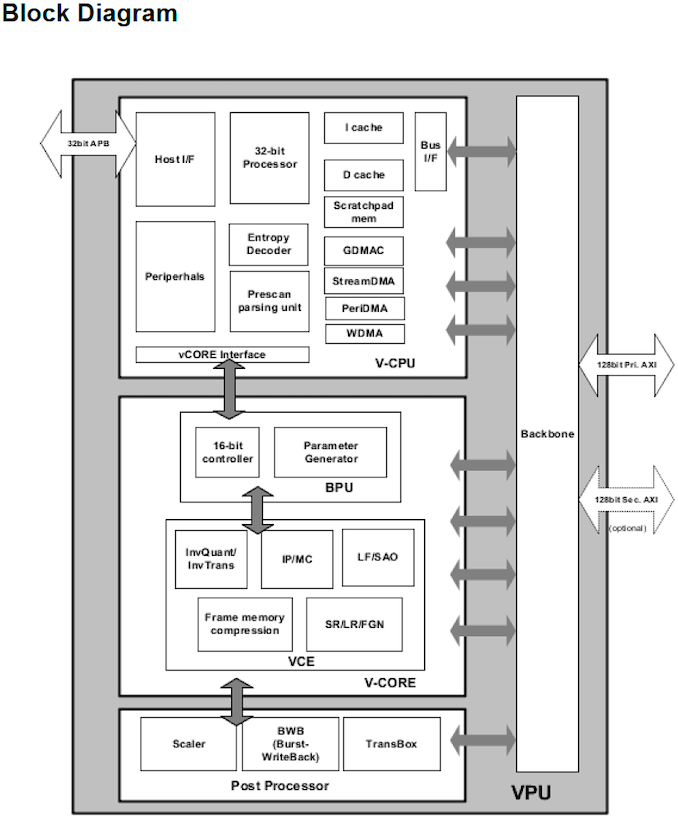
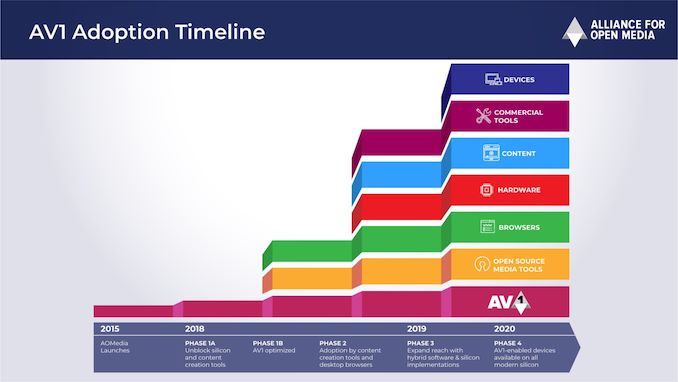

 Quote
Quote
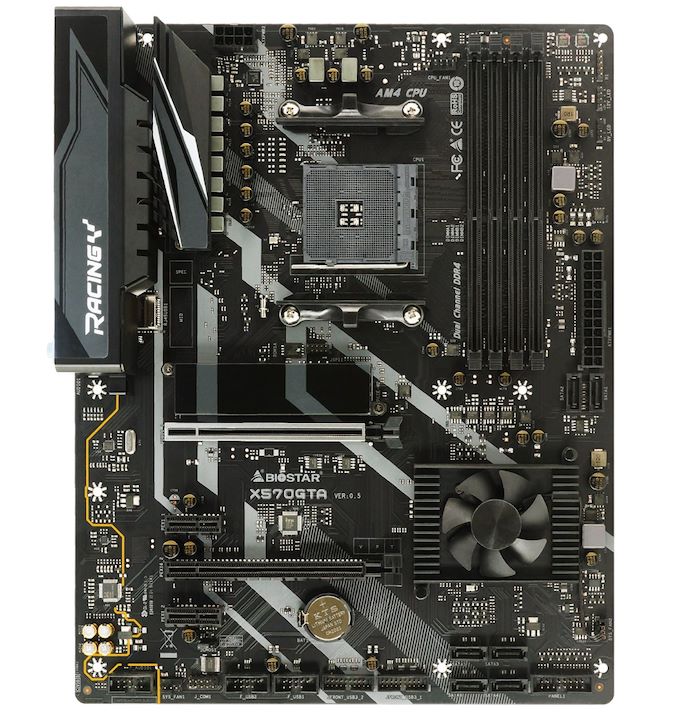

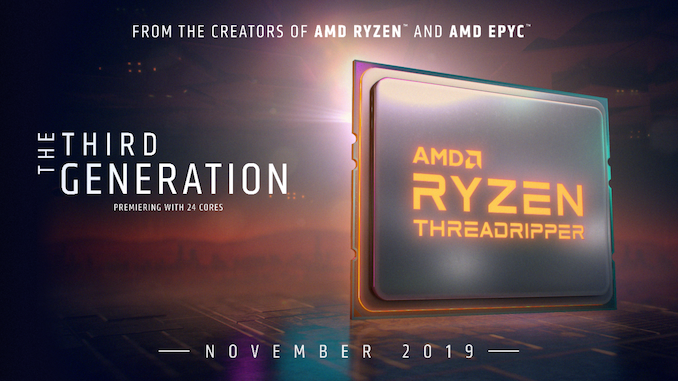

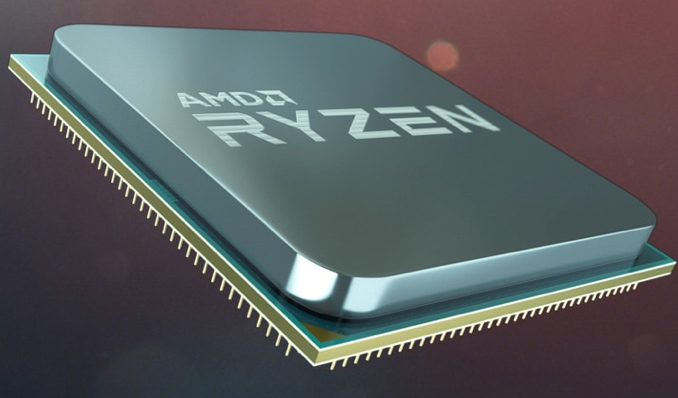
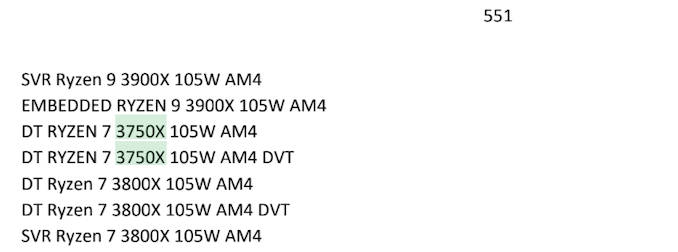



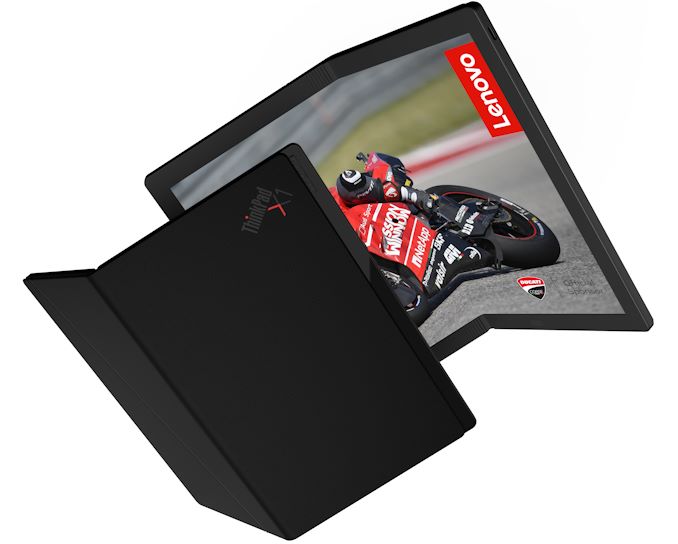

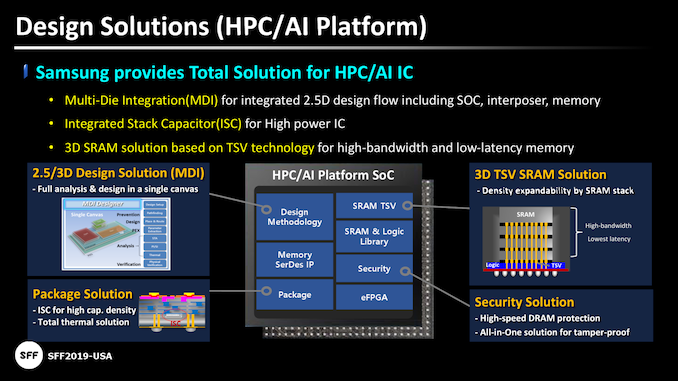

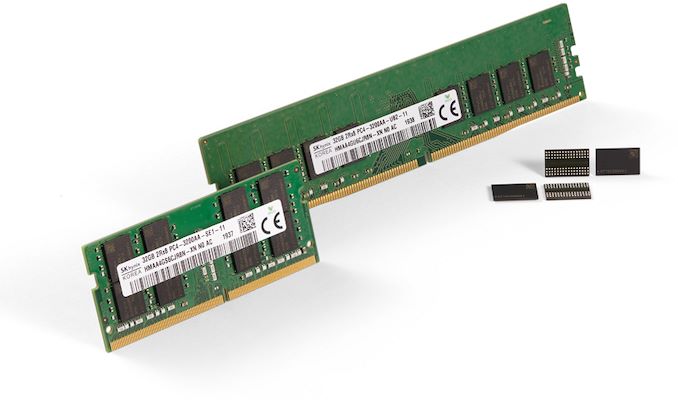
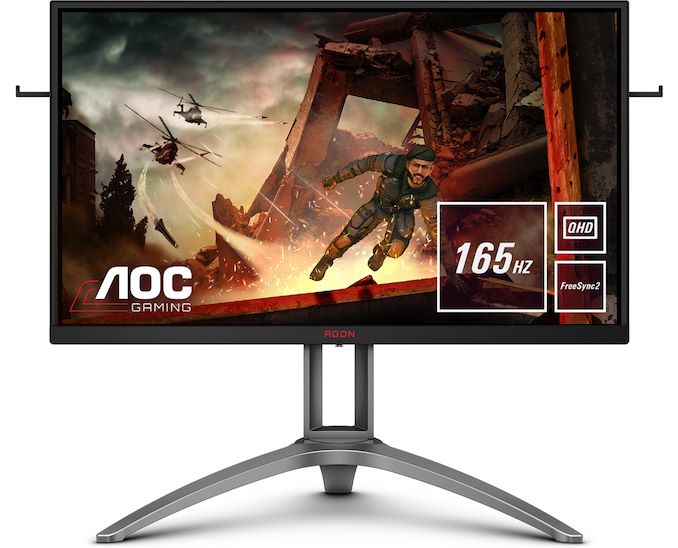
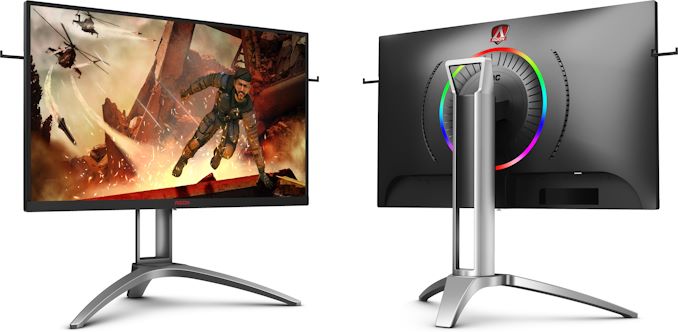

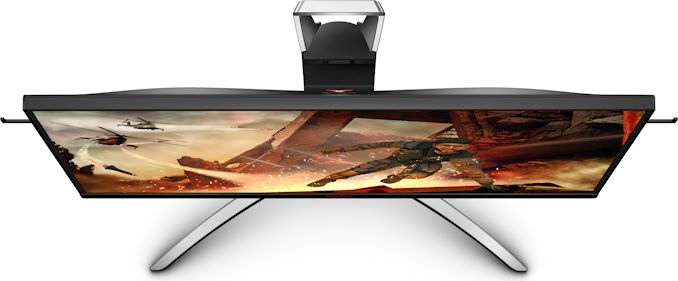
















Bookmarks